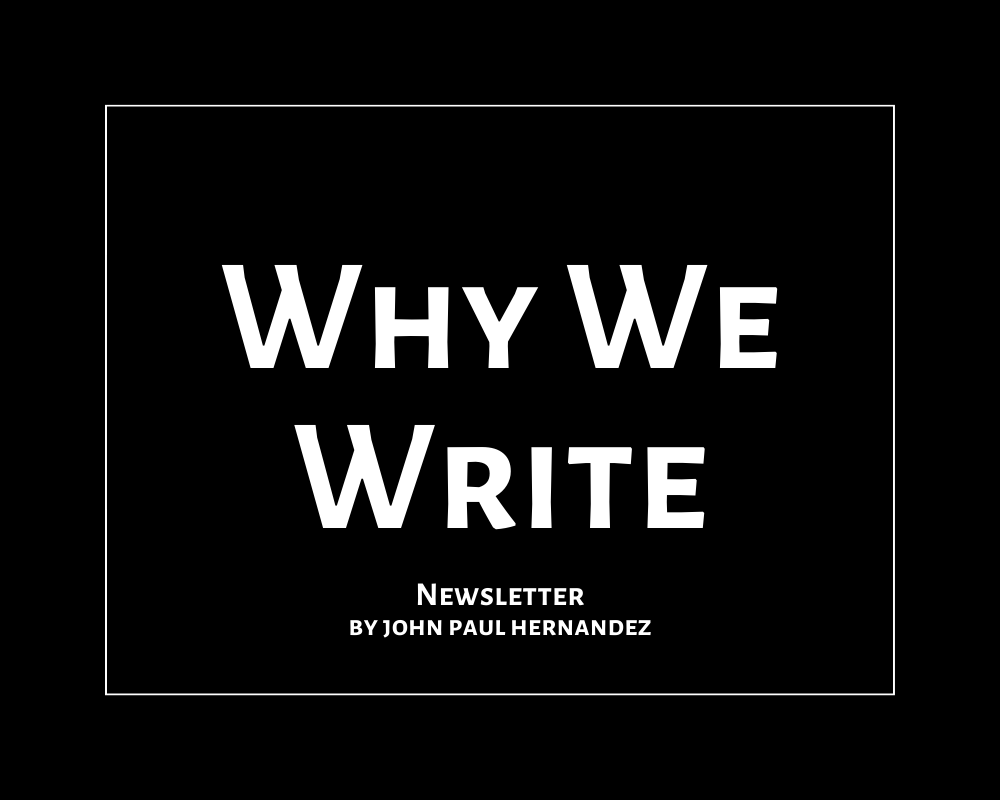In the last five years or so, we’ve been hearing about video, video, video. And it makes sense because the need for video continues to grow regarding content.
But when you look at other data, like how effective email is vs. a social media post (conversion rates), you can’t help but see the value of the written word.
As technology advances, text-based mediums are still one of the most effective and often preferable ways to communicate to an audience.
One great example is the recent launch of Threads, Meta’s equivalent of Twitter.
As I write this, they’ve already reached 30 million users. It’s crazy because it took years for popular platforms to get there.
Part of that success is that users can easily import their audience from Instagram (and, indirectly, Facebook). Still, it’s a great example of the hunger and need for text-based platforms.
The journey for text-based social platforms wasn’t totally abandoned.
But they either fall short of their promise or haven’t tapped into the two-way conversational “social” component.
As a blogging platform, Medium has always been stagnant, and it feels like its identity changes every two years.
Substack shows promise as a newsletter platform and gives fans direct access to writers. But besides their Twitter-like new feature, it still gives off Web 1.0 vibes with static comments.
But finally, we have Threads, a traditional social media platform that’s text-based after 10+ years of silence.
Where does Twitter fit in with the launch of Threads?
There are definitely political motives at play.
Pro-Musk users want to remain on Twitter, while those who don’t like Musk and prefer more types of censorship want to replace it with Threads.
My theory is that both platforms will exist for different audiences.
- Twitter will continue to be a news and broadcasting platform.
- Twitter will be home to select groups.
- Threads will become the writing platform for millions of Meta users that didn’t touch Twitter before.
- Threads will finally be the place you find real family and friends.
Both platforms will continue to co-exist.
The real question is how successful Threads will be.
Yes, it will likely have more users because of the easy implementation for those with an Instagram account.
But will users engage every day after six months? Only time will tell.
Either way, this is a good direction for text-based platforms on the internet.
People want writing, not because they like seeing words on a page but because they want refined thinking and ideas to improve their lives.
Here’s when a platform like Threads changes things.
When you combine quality writing with social media, you build valuable relationships.
Writing and publishing are broadcasting.
Social media is relationship-building.
We can thank direct messages for that. It’s a true conversation to a written work.
The writer Simon Sarris says in his essay “What is Good within Social Media”:
“The normalization of private replies to public posting encouraged conversations to happen instead of comments. Before, direct messaging someone might have been unusual, now it was normal.
“Friendship is consistent, repeated small interactions with people in unplanned settings.”
While readers want content for the value it provides (not the exercise of pure reading), they ultimately want connection. Social media as text-based platforms provide that.
Writers: use these social tools to share your ideas and build relationships with your audience.


